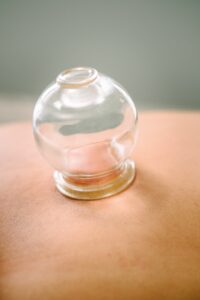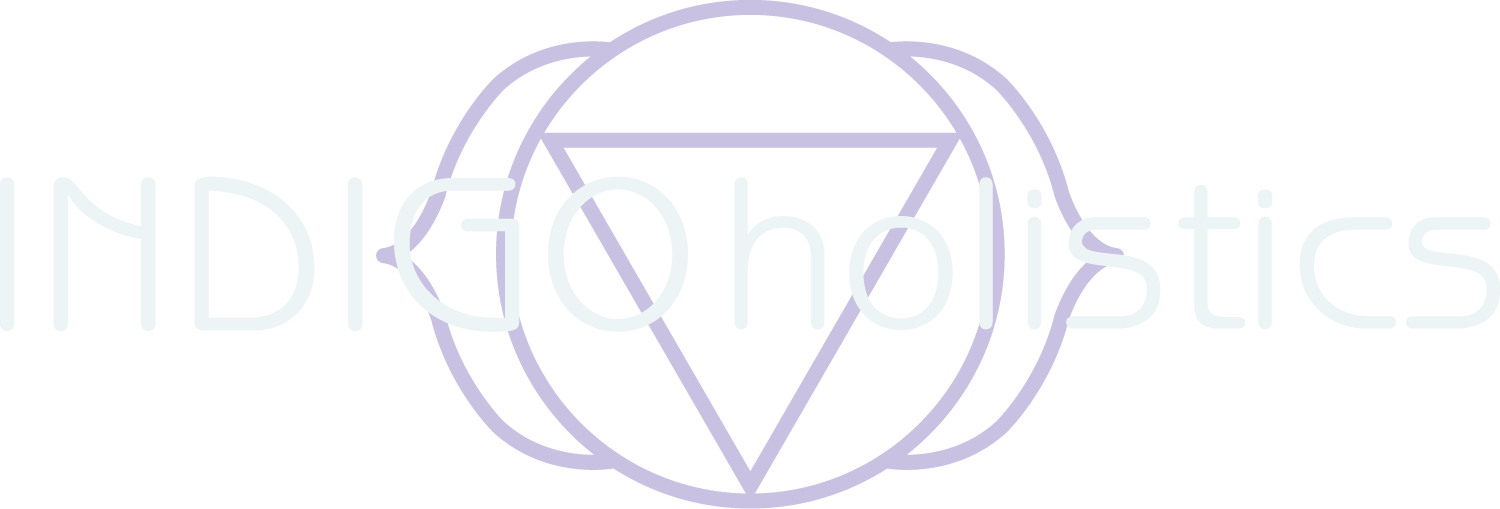
Cupping is a manual therapy that has been used for thousands of years. Cupping is said to be older than acupuncture and evidence of cupping practices has been found in many parts of the world, including ancient Egyptian, Chinese and Tibetan cultures.
Cupping is primarily used to pull blood and qi to the surface of the skin, in order to promote healing. Cupping therapy is used to promote health and well-being in the following ways;
- reduce pain and inflammation
- heal musculoskeletal injuries
- improve circulation
- promote detox in the body
- ease localised congestion
- promote relaxation and general well being
Historically, cups were made of materials such as animal horns or bamboo. Today, modern cupping therapists use plastic or silicone cups.
What to expect during a cupping session
A cupping session will last no more than three to five minutes – a little longer if you are receiving sliding cupping (a massage technique using massage oil and a silicone cup). Cupping therapy can be incorporated in to an acupuncture treatment, or offered as a standalone session.
Cupping therapy will leave a temporary petechiae on the skin. These are red blood spots that form under the surface of the skin, where the cup has been placed, and they will last for around five days. Cupping can cause temporary dizziness or nausea in patients, so it is important to rest and keep hydrated after a session. You will be provided with an aftercare document to take home with you after the session.
To book a 15 minute cupping therapy session, please visit the Contact page.
